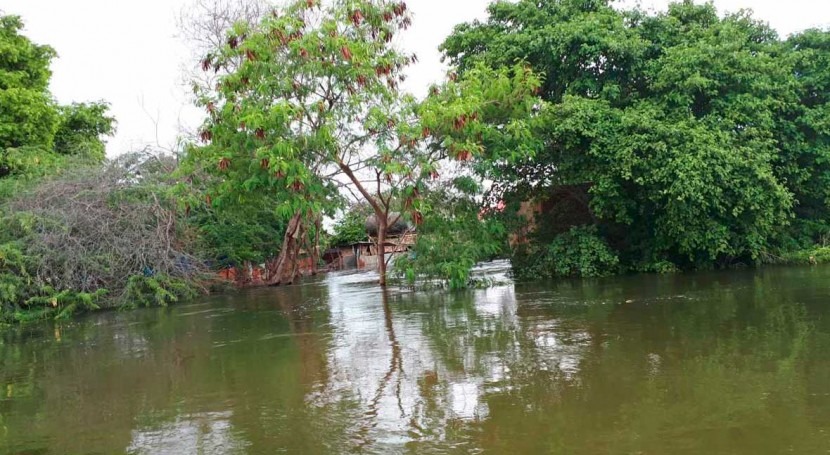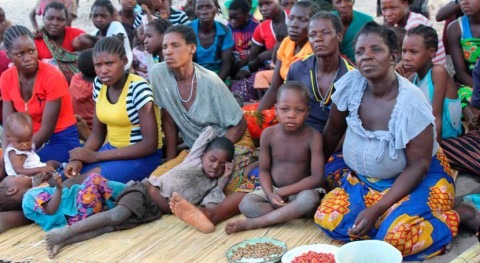Heavy rainfall and flooding have impacted swathes of eastern Africa since July and intensified in October, affecting at least 2.5 million people and causing displacement and loss of property, crops and livestock.
In South Sudan, flooding has devastated large areas of the country since July, affecting an estimated 900,000 people. Of that figure, 420,000 people need urgent humanitarian assistance.
In Ethiopia, an estimated 570,000 people have been affected, including more than 202,000 people displaced, the majority in the Somali region.
In Sudan, about 346,300 people were affected by flooding in July and August, and rains and stagnant water have caused disease outbreaks, including cholera, dengue fever, Rift Valley fever and chikungunya.
In Somalia, the Juba and Shabelle rivers have overflowed, temporarily displacing more than 370,000 people.
In Kenya, riverine and flash floods, mudslides and landslides have affected more than 100,000 people, with Wajir County among those hardest-hit.
Uganda has also been affected, while in Tanzania the death toll from floods has reportedly risen to more than 40 people.
Higher-than-usual rainfall is expected to continue in the region throughout November and December, with risk of more floods. In many countries, the floods have compounded other drivers of humanitarian need including recurrent drought, violence and conflict, leaving people’s lives and livelihoods upended.







